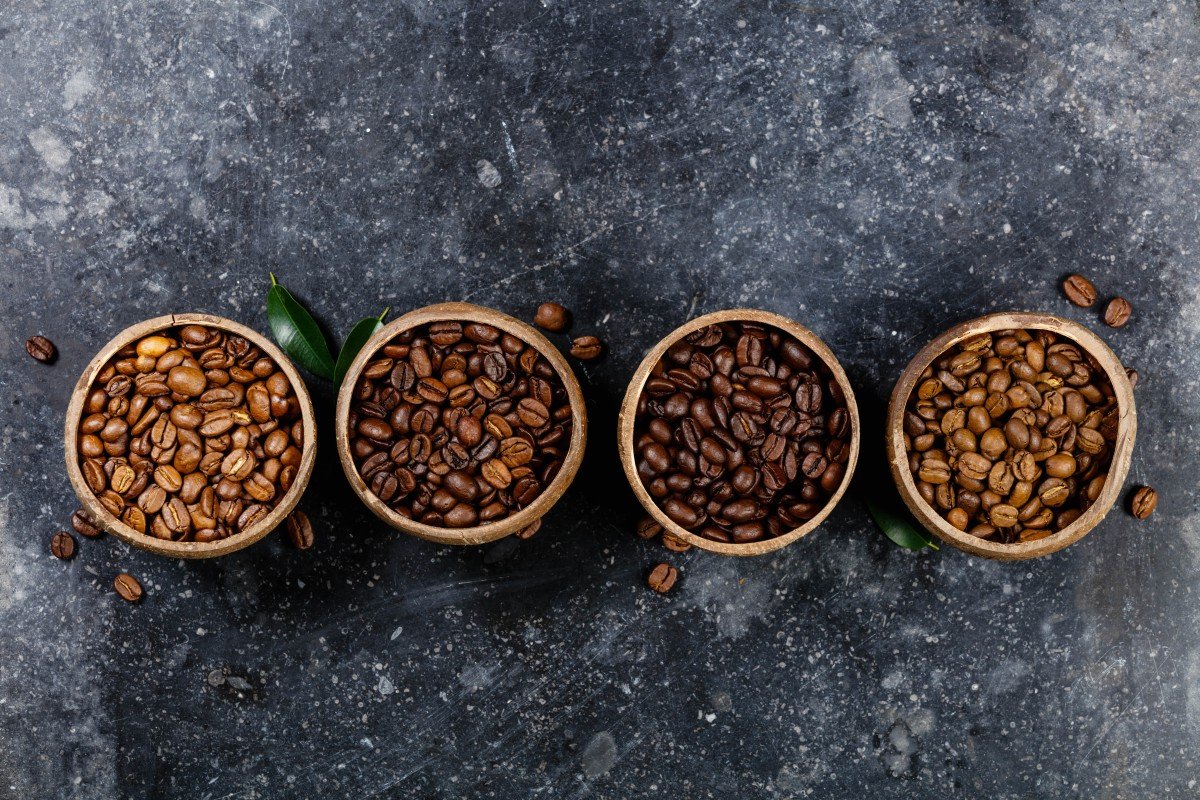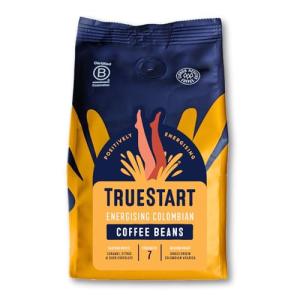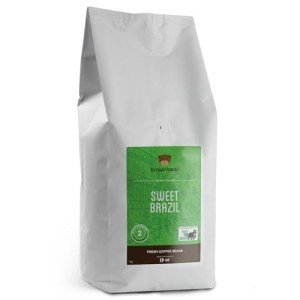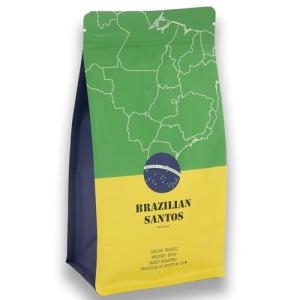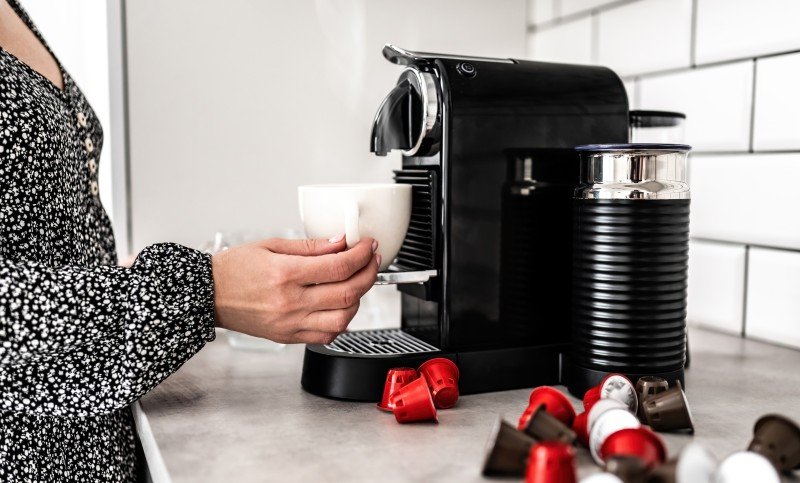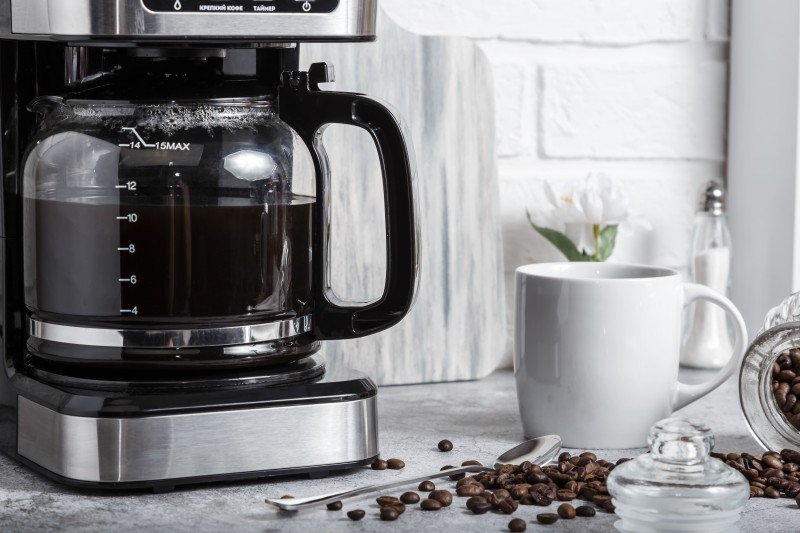Coffee is one of the most beloved beverages worldwide, cherished for its rich aroma and bold flavor. However, the world of coffee can be overwhelming for beginners, especially when it comes to different types of coffee beans. In this comprehensive guide, we will explore the various types of coffee beans, their flavor profiles, and ideal brewing methods. Whether you are a coffee connoisseur or just starting your coffee journey, this guide will help you navigate the intricate world of coffee beans with ease.
Introduction to Different Types of Coffee Beans
Coffee beans are seeds of the coffee plant that are harvested, processed, roasted, and brewed to create the beverage we all love. There are two main types of coffee beans: Arabica and Robusta. Each type has its unique characteristics, flavors, and growing conditions that influence the taste of the final cup of coffee. Understanding the differences between these two types of beans is essential for any coffee enthusiast.
Arabica Coffee Beans
Arabica coffee beans are the most popular and widely consumed type of coffee beans in the world. Known for their superior quality and complex flavors, Arabica beans are grown at higher altitudes, which results in a more refined taste profile. Here are some key characteristics of Arabica coffee beans:
Flavor Profile of Arabica Coffee Beans
Arabica coffee beans are prized for their nuanced flavor profiles, which can range from fruity and floral to nutty and chocolatey. The taste of Arabica coffee is often described as smoother and more balanced compared to Robusta coffee. Common flavor notes found in Arabica beans include:
- Fruity: Many Arabica coffees exhibit fruity notes such as berries, citrus, or stone fruits.
- Floral: Some Arabica beans have floral aromas reminiscent of jasmine, lavender, or rose petals.
- Nutty: Notes of almonds, hazelnuts, or pecans are often found in Arabica coffees.
- Chocolatey: Arabica beans can have a rich, chocolate-like flavor with undertones of cocoa and caramel.
Growing Conditions for Arabica Coffee Beans
Arabica coffee plants thrive in subtropical climates with high altitudes and ample rainfall. They are more delicate and susceptible to pests and diseases compared to Robusta plants. Arabica beans are typically cultivated in countries such as Ethiopia, Colombia, Kenya, and Brazil, where the terroir contributes to their unique flavors.
Best Brewing Methods for Arabica Coffee Beans
To showcase the nuanced flavors of Arabica coffee beans, it is recommended to use brewing methods that highlight their complexity. Popular brewing methods for Arabica coffee include:
- Pour-over: Brewed using a manual pour-over dripper, this method brings out the clarity and brightness of Arabica beans.
- French Press: Immersion brewing in a French press extracts the full body and richness of Arabica coffee.
- Aeropress: This versatile brewing method allows you to experiment with different brewing techniques to enhance the flavors of Arabica beans.
Robusta Coffee Beans
Robusta coffee beans are the second most commonly grown type of coffee beans and are known for their strong, bold flavor profile. Robusta beans are often used in espresso blends and instant coffee due to their higher caffeine content and distinctive taste. Here are some key characteristics of Robusta coffee beans:
Flavor Profile of Robusta Coffee Beans
Robusta coffee beans are prized for their intense, sometimes bitter flavor profile that can include earthy, woody, and rubbery notes. The taste of Robusta coffee is often described as more robust and powerful compared to Arabica coffee. Common flavor notes found in Robusta beans include:
- Earthy: Robusta beans can have earthy flavors reminiscent of soil or leather.
- Woody: Notes of woodiness, like cedar or pine, are often present in Robusta coffees.
- Rubbery: Some Robusta beans have a rubbery or burnt taste that adds depth to espresso blends.
Growing Conditions for Robusta Coffee Beans
Robusta coffee plants thrive in tropical climates with lower altitudes and are more resistant to pests and diseases compared to Arabica plants. Robusta beans are typically cultivated in countries such as Vietnam, Indonesia, Uganda, and Brazil, where the climate is ideal for their growth.
Best Brewing Methods for Robusta Coffee Beans
To highlight the bold flavors of Robusta coffee beans, it is recommended to use brewing methods that complement their intensity. Popular brewing methods for Robusta coffee include:
- Espresso: The strong, rich flavors of Robusta beans shine in espresso shots, providing a robust base for various espresso-based drinks.
- Moka Pot: Brewing coffee in a Moka pot enhances the body and intensity of Robusta beans, perfect for a strong cup of coffee.
- Cold Brew: The smooth, low-acid profile of cold brew coffee made with Robusta beans is refreshing and energizing.
Other Types of Coffee Beans
Apart from Arabica and Robusta, there are other lesser-known types of coffee beans that offer unique flavor profiles and characteristics. While these beans are not as widely cultivated or consumed, they are gaining popularity among specialty coffee enthusiasts. Here are some other types of coffee beans to explore:
Liberica Coffee Beans
Liberica coffee beans are known for their distinctively large size and irregular shape. Originating from West Africa, Liberica beans have a unique taste profile that includes woody, smoky, and floral notes. Liberica coffee is often used in blends to add depth and complexity to the brew.
Excelsa Coffee Beans
Excelsa coffee beans, also known as Coffea excelsa or S. liberica var. dewevrei, are grown in Southeast Asia and have a tart, fruity flavor profile with hints of dark roast coffee. Excelsa beans are often used in specialty coffee blends to enhance the complexity and acidity of the brew.
Blue Mountain Coffee Beans
Blue Mountain coffee beans are grown in the Blue Mountains of Jamaica and are considered one of the most exclusive and sought-after coffee beans in the world. Known for their mild flavor profile, bright acidity, and smooth finish, Blue Mountain beans are prized by coffee aficionados for their exquisite taste.
Geisha Coffee Beans
Geisha coffee beans, also known as Gesha, originated in Ethiopia but are now primarily grown in Panama and Costa Rica. Geisha beans are renowned for their floral, tea-like aroma, and complex flavor notes of jasmine, bergamot, and stone fruits. Geisha coffee is often processed using natural or honey methods to enhance its unique characteristics.
Factors Influencing Coffee Bean Flavor
The flavor of coffee beans is influenced by various factors, including the growing region, altitude, processing methods, and roasting techniques. Understanding how these factors impact the taste of coffee can help you appreciate the intricate flavors and aromas present in your cup of coffee.
Growing Region
The geographical location where coffee beans are grown plays a crucial role in determining their flavor profile. Different regions around the world, known as coffee origins, produce beans with distinct characteristics influenced by the local climate, soil composition, and altitude. Some famous coffee growing regions include:
- Ethiopia: Known for its fruity and floral coffees with wine-like acidity.
- Colombia: Renowned for its well-balanced coffees with caramel sweetness and bright acidity.
- Kenya: Celebrated for its bright, complex coffees with blackcurrant and citrus notes.
- Brazil: Famous for its nutty, chocolatey coffees with a smooth mouthfeel.
Altitude
The altitude at which coffee beans are grown impacts their flavor development, as higher altitudes result in slower maturation and denser beans. Beans grown at higher elevations tend to have a more complex and nuanced flavor profile with a higher acidity level. Specialty Arabica coffee beans are often grown at altitudes above 1200 meters to produce superior quality beans.
Processing Methods
The processing method used to harvest and prepare coffee beans for roasting can significantly affect their flavor. There are three main processing methods used in the coffee industry:
- Washed Process: Involves removing the coffee cherry's skin and pulp before drying the beans, resulting in clean, bright flavors.
- Natural Process: Involves drying the coffee beans with the fruit flesh intact, leading to fruity, wine-like flavors.
- Honey Process: A hybrid method where some of the fruit pulp is left on the beans during drying, resulting in a sticky, sweet taste.
Roasting Techniques
The degree of roasting applied to coffee beans impacts their flavor profile, as well as their aroma, body, and acidity. There are three main types of roasts commonly used in the coffee industry:
- Light Roast: Retains the beans' natural flavors with higher acidity and pronounced fruity or floral notes.
- Medium Roast: Balances acidity and body, with caramelized sugars and balanced flavors.
- Dark Roast: Develops rich, smoky flavors with lower acidity and a fuller body.
Popular Coffee Blends and Single-Origin Beans
In the world of coffee, you will often find two main categories of coffee beans: blends and single-origin beans. Each category offers a unique coffee experience with distinct flavor profiles and characteristics. Understanding the differences between blends and single-origin beans can help you choose the perfect coffee for your preferences.
Coffee Blends
Coffee blends are made by combining two or more types of coffee beans to create a harmonious flavor profile. Blending allows coffee roasters to balance different beans' strengths and weaknesses, resulting in a well-rounded and consistent cup of coffee. Some popular coffee blends include:
- Espresso Blend: A blend designed specifically for espresso machines, with a rich, balanced flavor profile.
- Breakfast Blend: A light and lively blend perfect for starting your day with a smooth, mellow cup of coffee.
- Dark Roast Blend: A bold and robust blend with deep, smoky flavors ideal for espresso or French press brewing.
Single-Origin Beans
Single-origin beans come from a specific region or farm, allowing coffee drinkers to experience the unique characteristics of that particular coffee growing area. Single-origin coffees highlight the terroir, climate, and cultivation practices that contribute to the beans' flavor profile. Some popular single-origin beans include:
- Ethiopian Yirgacheffe: Known for its floral aroma, citrus acidity, and berry-like sweetness.
- Costa Rican Tarrazu: Celebrated for its bright acidity, honey sweetness, and caramel notes.
- Guatemalan Antigua: Renowned for its chocolatey richness, balanced acidity, and spicy undertones.
Brewing Tips for Different Coffee Beans
Brewing coffee is both an art and a science, with various factors influencing the final cup's taste, aroma, and body. Whether you prefer Arabica, Robusta, or other types of coffee beans, here are some brewing tips to help you extract the best flavors from your beans:
Grind Size
The grind size of coffee beans affects the extraction process and the resulting brew's flavor profile. Different brewing methods require specific grind sizes to optimize flavor extraction:
- Coarse Grind: Ideal for French press and cold brew methods.
- Medium Grind: Suitable for drip coffee makers and pour-over drippers.
- Fine Grind: Best for espresso machines and Moka pots.
Water Temperature
The water temperature used for brewing coffee is crucial in extracting the optimal flavors from the beans. The ideal water temperature for brewing coffee is between 195-205°F (90-96°C) to achieve a balanced extraction without scalding the beans.
Brew Time
The brewing time of coffee beans varies depending on the brewing method used and the desired strength of the coffee. Here are some general guidelines for brewing times:
- Espresso: 25-30 seconds for a single shot.
- Pour-over: 2-4 minutes for a balanced extraction.
- Cold Brew: 12-24 hours for a smooth, low-acid brew.
FAQs About Different Types Of Coffee Beans
1. What is the main difference between Arabica and Robusta coffee beans?
The main difference between Arabica and Robusta coffee beans lies in their flavor profile, growing conditions, and caffeine content. Arabica beans are known for their nuanced flavors and delicate nature, while Robusta beans are prized for their bold taste and high caffeine content.
2. Are there any rare types of coffee beans worth trying?
Yes, there are several rare and exotic types of coffee beans worth exploring, such as Geisha, Blue Mountain, and Liberica beans. These beans offer unique flavor profiles and characteristics that can elevate your coffee drinking experience.
3. How can I identify the flavor notes in different types of coffee beans?
To identify the flavor notes in different types of coffee beans, you can practice cupping, a coffee tasting technique that involves slurping the coffee and noting the flavors, aromas, and mouthfeel. By comparing various coffees side by side, you can develop your palate and discern the subtle nuances in each cup.
4. Are there any health benefits associated with drinking coffee made from different types of coffee beans?
Coffee made from different types of coffee beans, especially Arabica beans, can offer various health benefits due to its antioxidant properties, caffeine content, and potential ability to improve cognitive function. However, it's essential to consume coffee in moderation and consult a healthcare professional if you have any underlying health conditions.
5. How should I store different types of coffee beans to maintain their freshness?
To preserve the freshness and flavor of different types of coffee beans, it is recommended to store them in an airtight container in a cool, dark place away from sunlight, moisture, and heat. Avoid storing coffee beans in the refrigerator or freezer, as they can absorb odors and lose their flavor.
6. Can I mix different types of coffee beans to create my blend?
Yes, you can experiment with mixing different types of coffee beans to create your unique blend tailored to your taste preferences. By combining beans with complementary flavor profiles, you can create a customized blend that suits your palate and brewing method.
Summary
Exploring the different types of coffee beans can open up a world of flavors, aromas, and experiences for coffee enthusiasts. Whether you prefer the smooth, fruity notes of Arabica beans or the bold, intense flavors of Robusta beans, there is a wide range of coffee beans to discover and enjoy. By understanding the unique characteristics of each type of coffee bean, experimenting with brewing methods, and tasting various single-origin beans and blends, you can elevate your coffee drinking experience and appreciate the nuances of this beloved beverage. Cheers to a flavorful journey through the diverse world of coffee beans!
